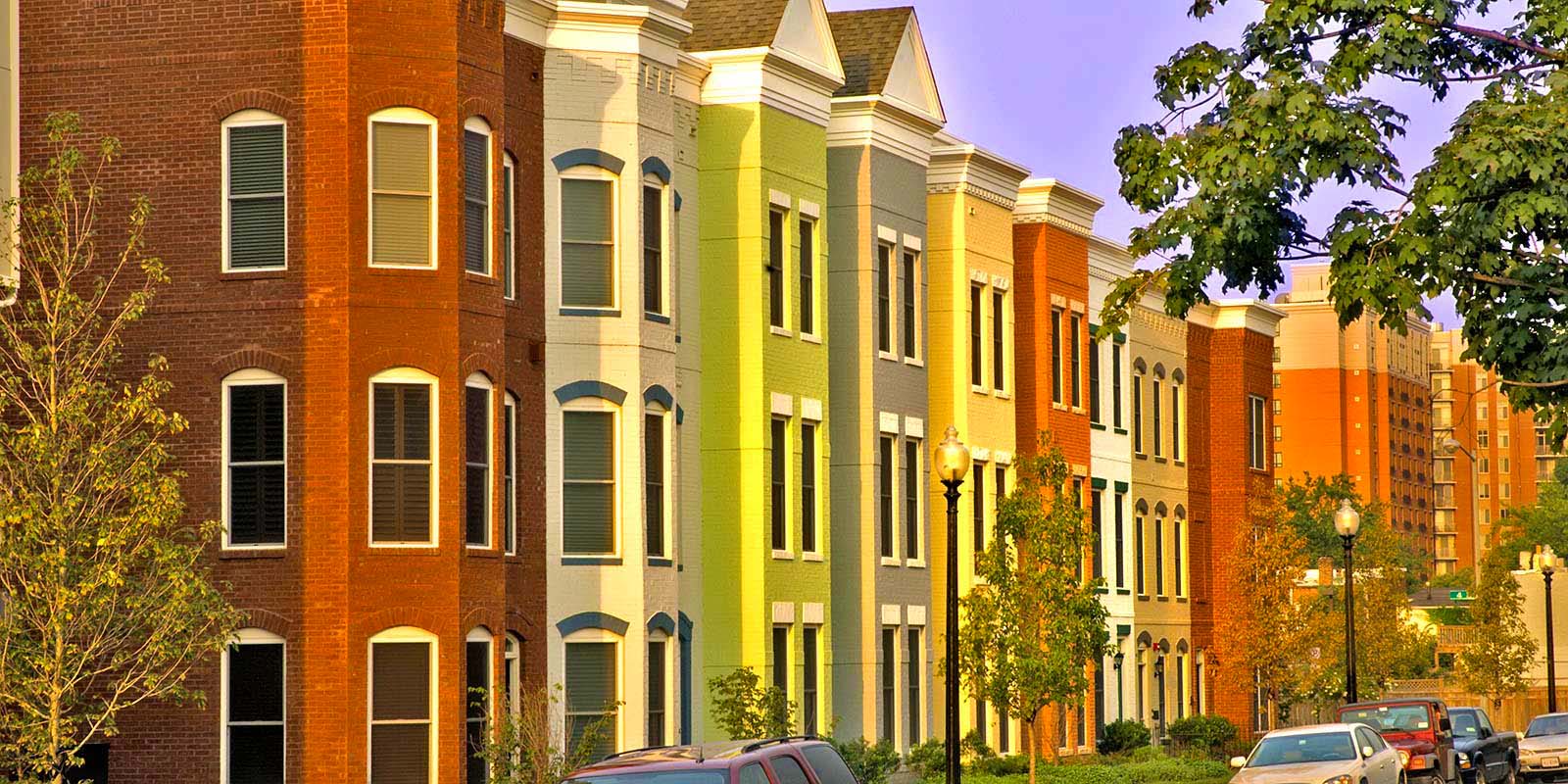A Homeowner’s Guide to Choosing the Right Exterior Coating
Your home’s exterior is more than just a façade—it’s the first layer of protection against the elements and one of the most visible expressions of your style. Choosing the right exterior coating isn’t simply a matter of picking a color; it’s about selecting a product that will stand up to harsh weather, resist fading, and maintain its beauty for years to come. With so many options on the market, how do you know which one is right for your home?
In this guide, we’ll walk you through the essentials of selecting the ideal exterior coating, helping you make an informed choice that balances performance, durability, and curb appeal.
1. Understand the Purpose of Exterior Coatings
Exterior coatings are designed to do more than make your home look good. The right product should:
- Protect the structure from moisture, UV rays, and temperature fluctuations
- Prevent mold, mildew, and cracking due to weather exposure
- Enhance curb appeal with long-lasting color and finish
- Extend the life of siding, trim, and architectural details
Choosing the appropriate coating helps safeguard your investment and minimize maintenance over time.
2. Consider Your Climate and Environment
Where you live has a significant impact on which exterior coating is best suited for your home. For instance:
- Hot, sunny areas require UV-resistant coatings to prevent fading and chalking
- Humid climates benefit from mildew-resistant and breathable paints
- Cold regions demand flexible, crack-resistant finishes that can handle freeze-thaw cycles
- Coastal homes need salt-resistant formulations that prevent corrosion and blistering
Be sure to factor in your local weather conditions when evaluating paint performance.
3. Know Your Surface Type
Different materials call for different coatings. Consider the surface you’ll be covering:
- Wood siding requires breathable coatings to prevent moisture buildup
- Stucco benefits from elastomeric paints that can bridge hairline cracks
- Brick and masonry require coatings that allow trapped moisture to escape
- Vinyl siding needs paint with good adhesion and flexibility to avoid peeling
Matching the coating to your surface material is key to a successful, long-lasting application.
4. Compare Paint Types and Finishes
Here are the most common types of exterior coatings:
- Acrylic Latex Paint: Popular for its durability, easy cleanup, and flexibility. Suitable for most residential applications.
- Elastomeric Coating: Ideal for stucco or masonry, it offers superior waterproofing and crack resistance.
- Oil-Based Paint: Less common due to environmental concerns but still used for trim and areas needing extra adhesion.
- Silicone or Urethane Coatings: Used for extreme environments, offering advanced protection and longevity.
Finishes also matter:
- Flat/Matte: Hides imperfections but is harder to clean
- Satin/Eggshell: Offers a balance of washability and appearance
- Semi-Gloss/Gloss: Best for trim, doors, and areas requiring frequent cleaning
5. Evaluate Longevity and Maintenance
While no exterior coating lasts forever, some are specifically formulated for extended life. Look for features like:
- Fade resistance
- Stain blocking
- UV inhibitors
- Mildew resistance
Premium paints often cost more upfront but save money in the long run by reducing the need for frequent repainting. This is especially important when planning a residential exterior painting project that you want to last.
6. Don’t Skip Surface Preparation
Even the best paint will fail if applied over a poorly prepared surface. Before coating your home:
- Wash and dry the exterior
- Scrape and sand peeling paint
- Repair any damaged wood, stucco, or siding
- Prime bare or porous surfaces as needed
Proper prep ensures better adhesion, smoother application, and more durable results.
7. Work With the Right Contractor or DIY?
If you’re comfortable with ladders, tools, and time-consuming prep work, painting your home yourself can be a rewarding project. However, for larger homes or more complex surfaces, hiring a licensed contractor may be the better choice. A professional painter can:
- Recommend the best products for your climate and home
- Ensure even, consistent coverage
- Complete the job safely and efficiently
- Offer warranties for both materials and workmanship
8. Color Selection: More Than Just Looks
While color is subjective, it has a big impact on your home’s appearance and even resale value. Consider:
- Neighborhood trends and HOA restrictions
- How colors interact with roofing and landscaping
- The role of light—colors may look different in shade vs. sunlight
- Darker hues absorb more heat and may fade faster
Testing samples on various sides of the house can help you make a confident choice.
Choosing the right exterior coating is a critical decision for any homeowner. It affects not only how your home looks but also how well it’s protected from the elements. By evaluating your environment, surface type, and the performance features of various coatings, you’ll be better equipped to make a long-term investment that enhances and preserves your home’s beauty.

